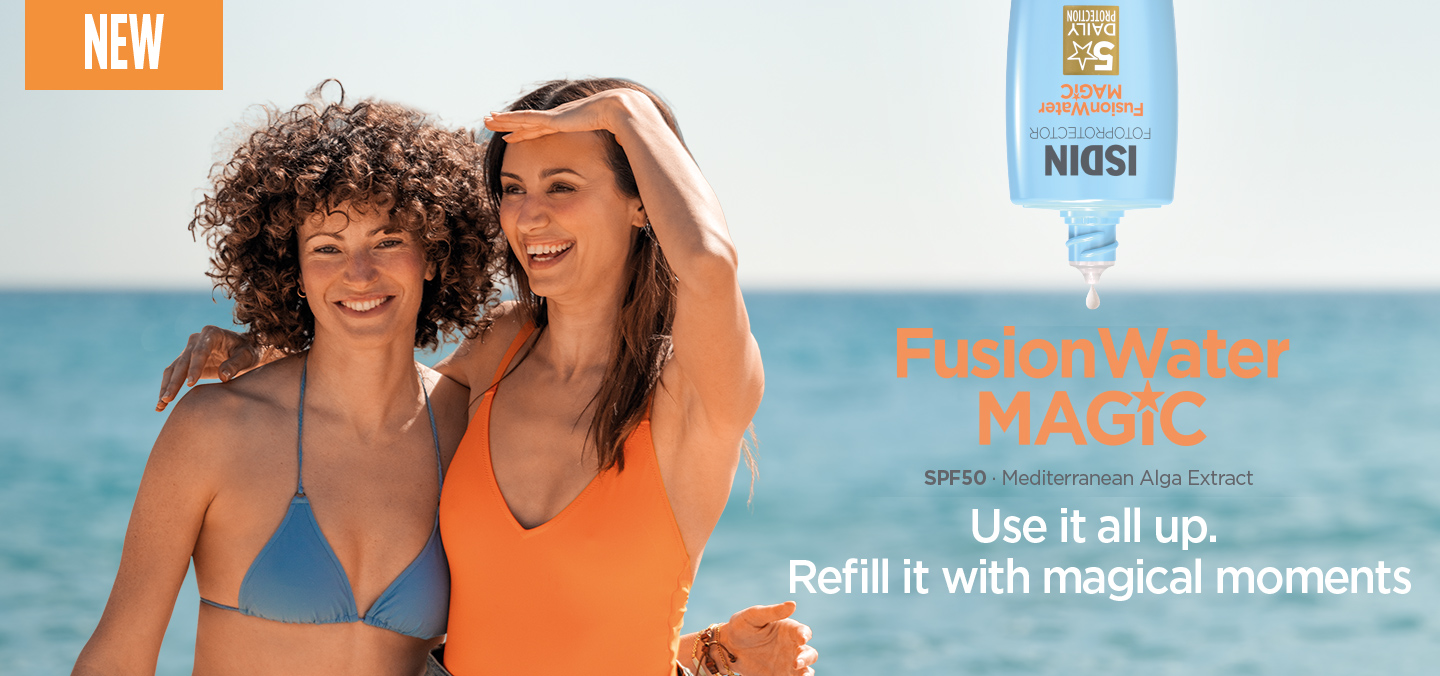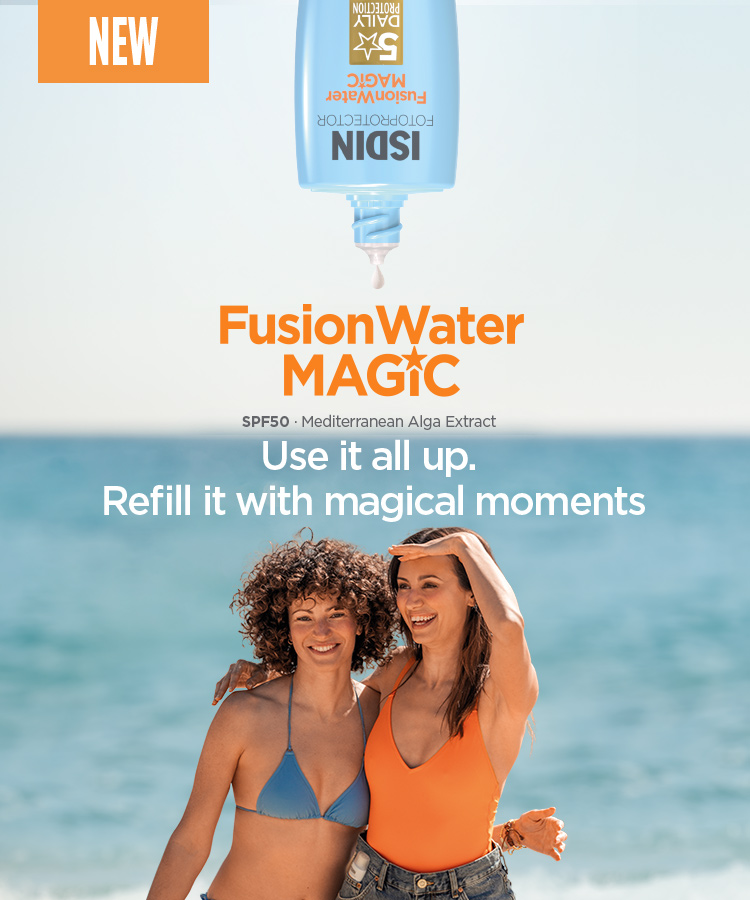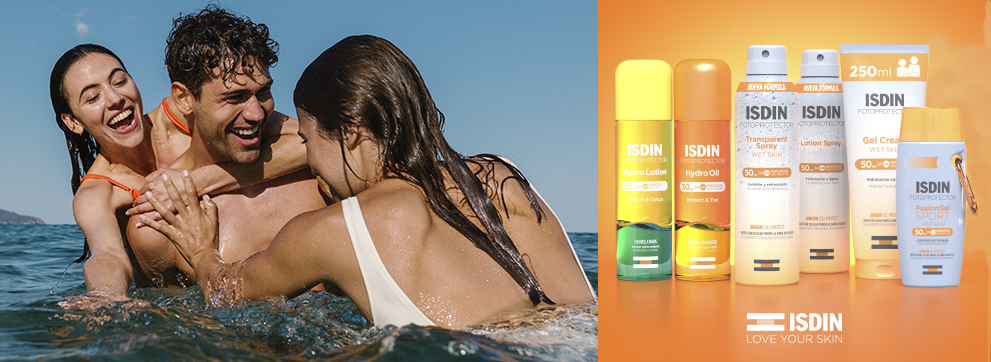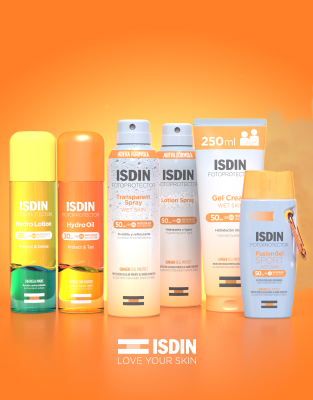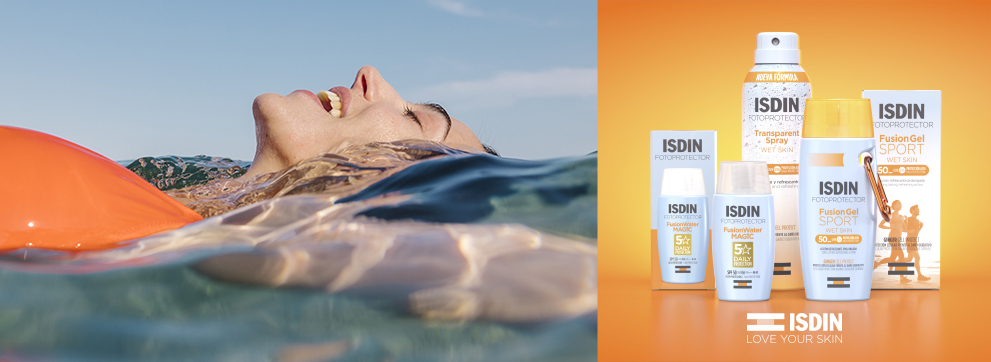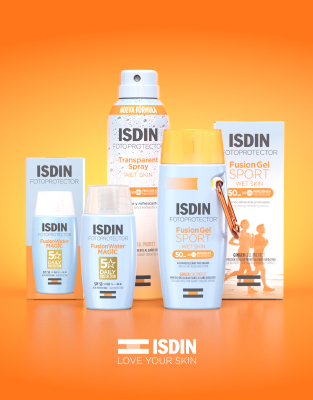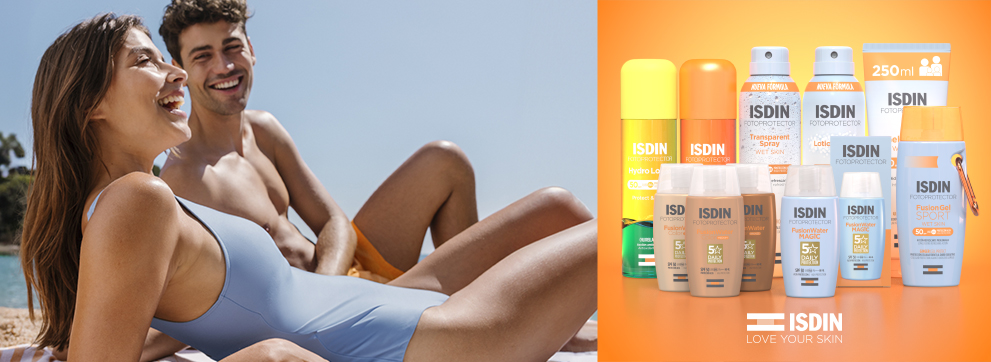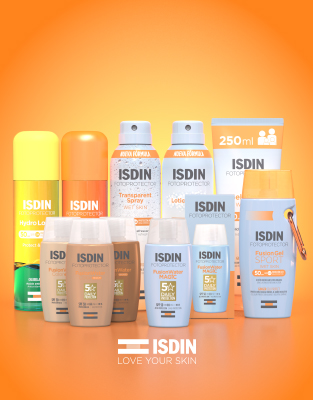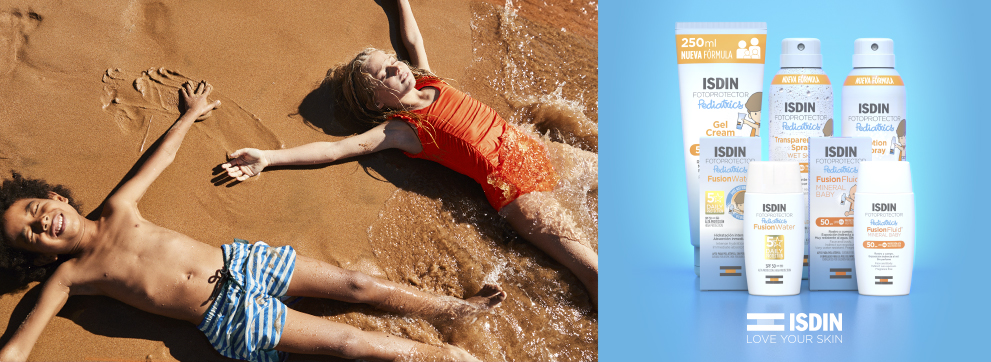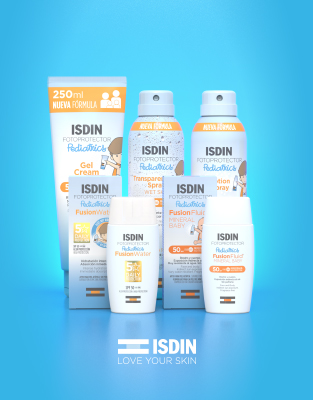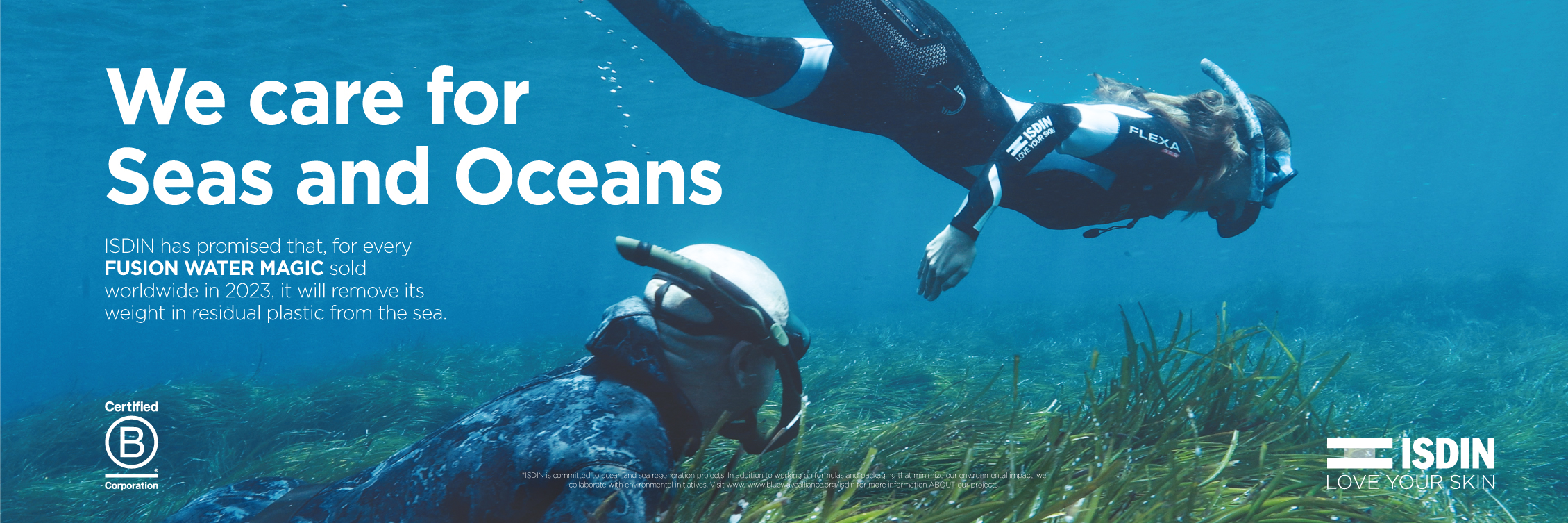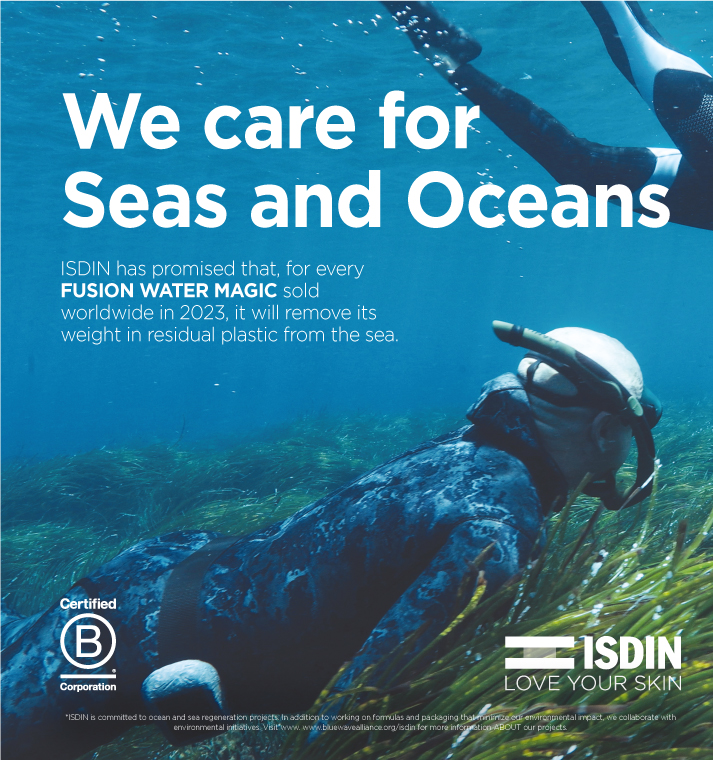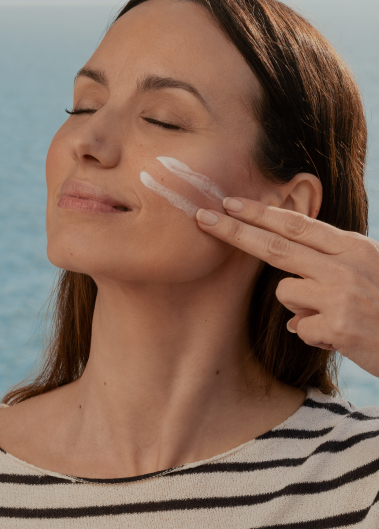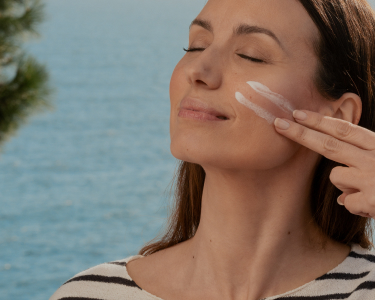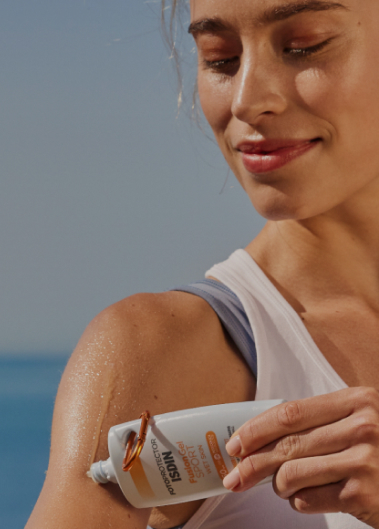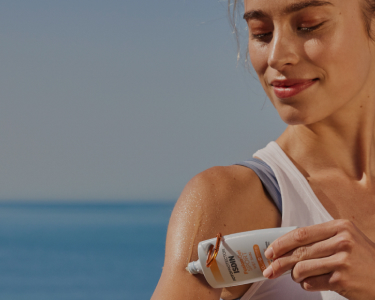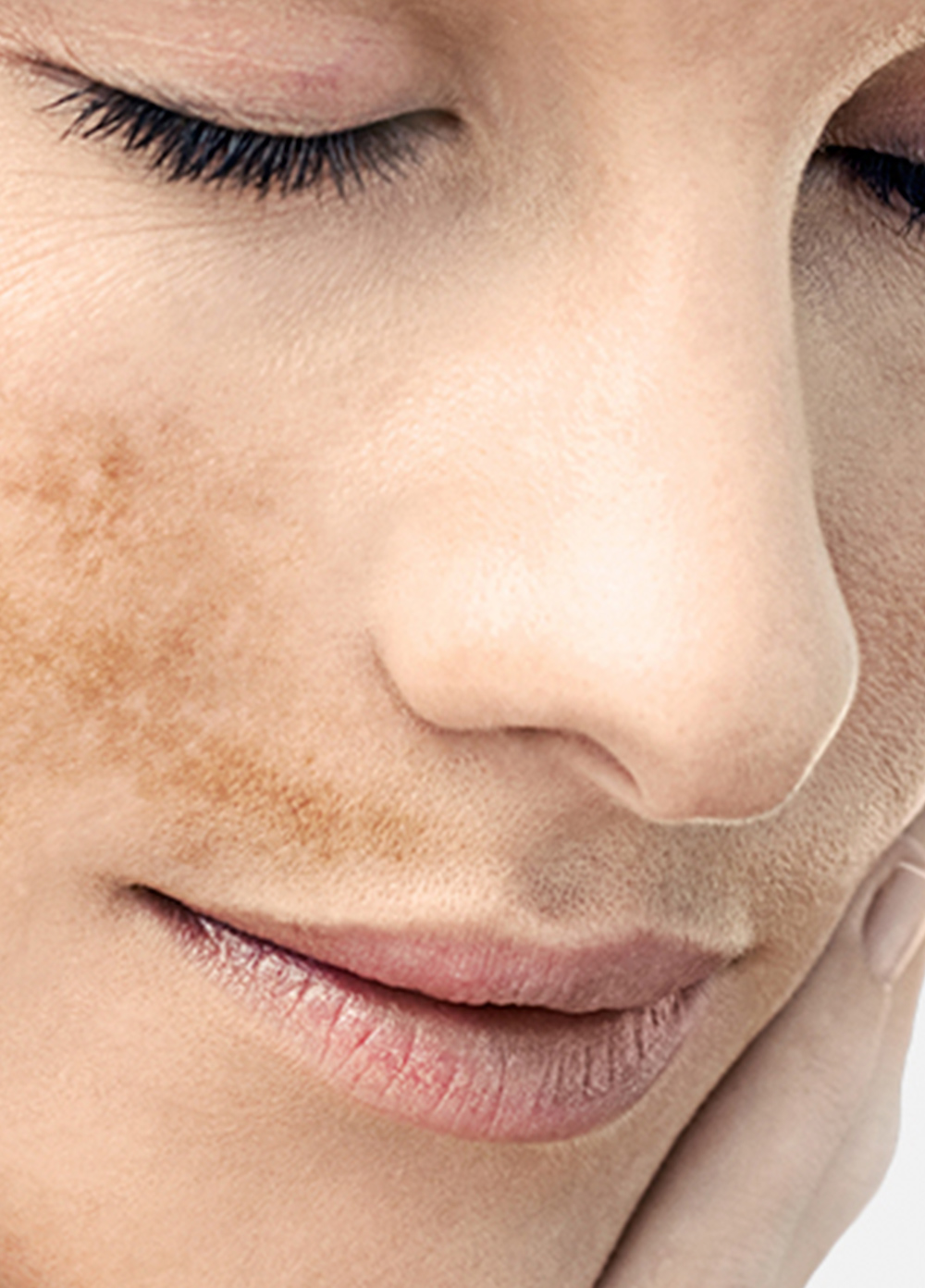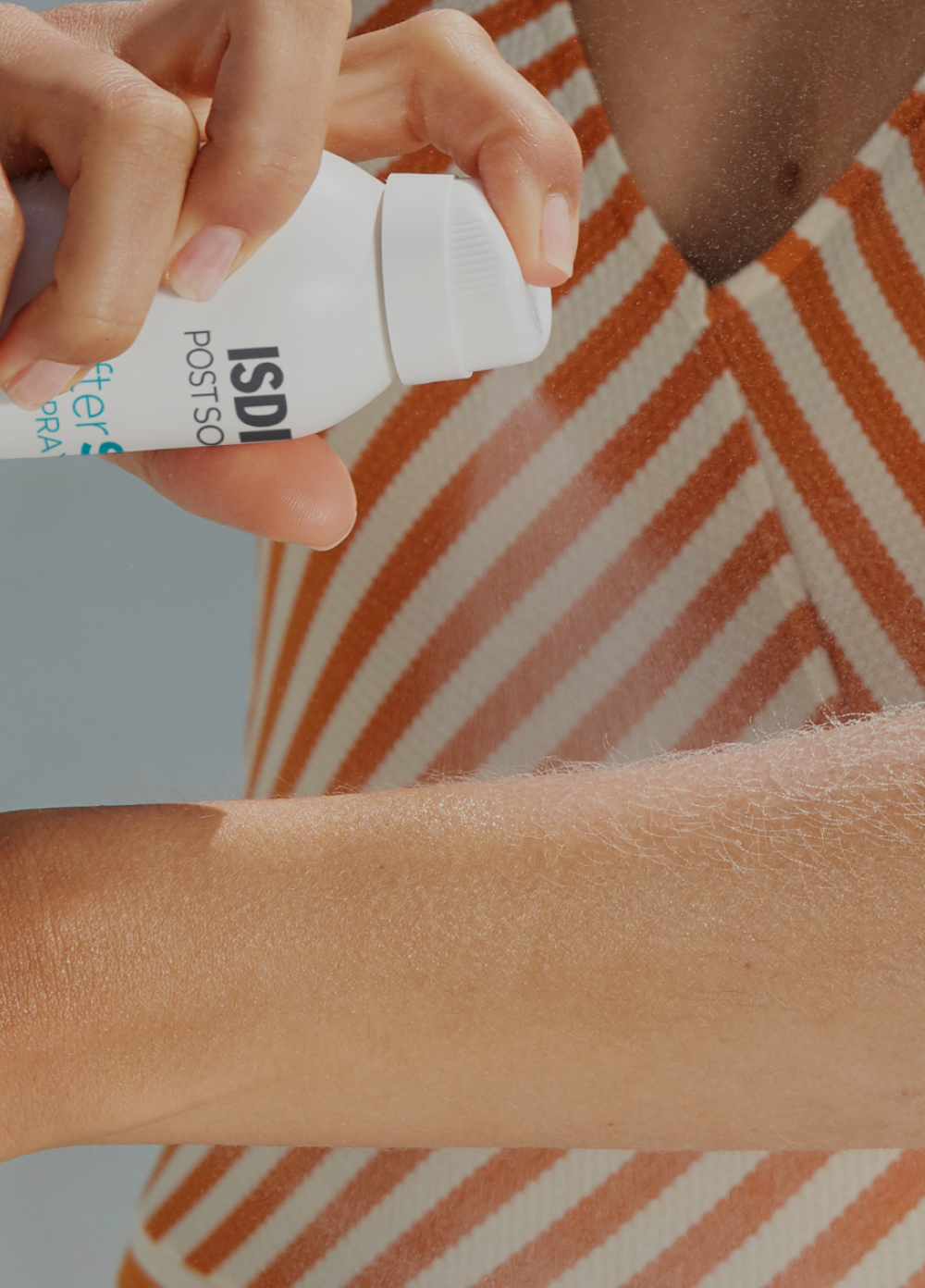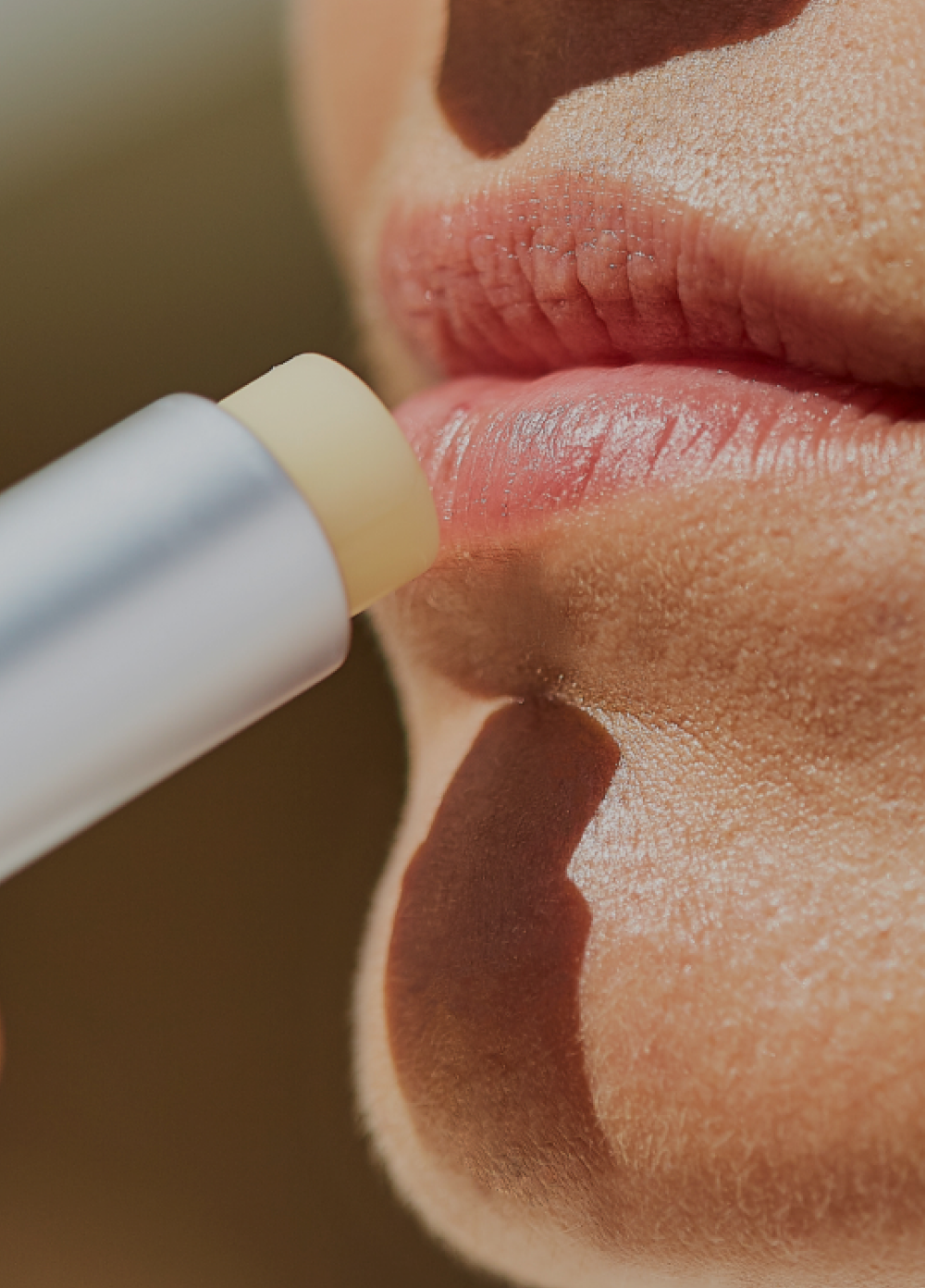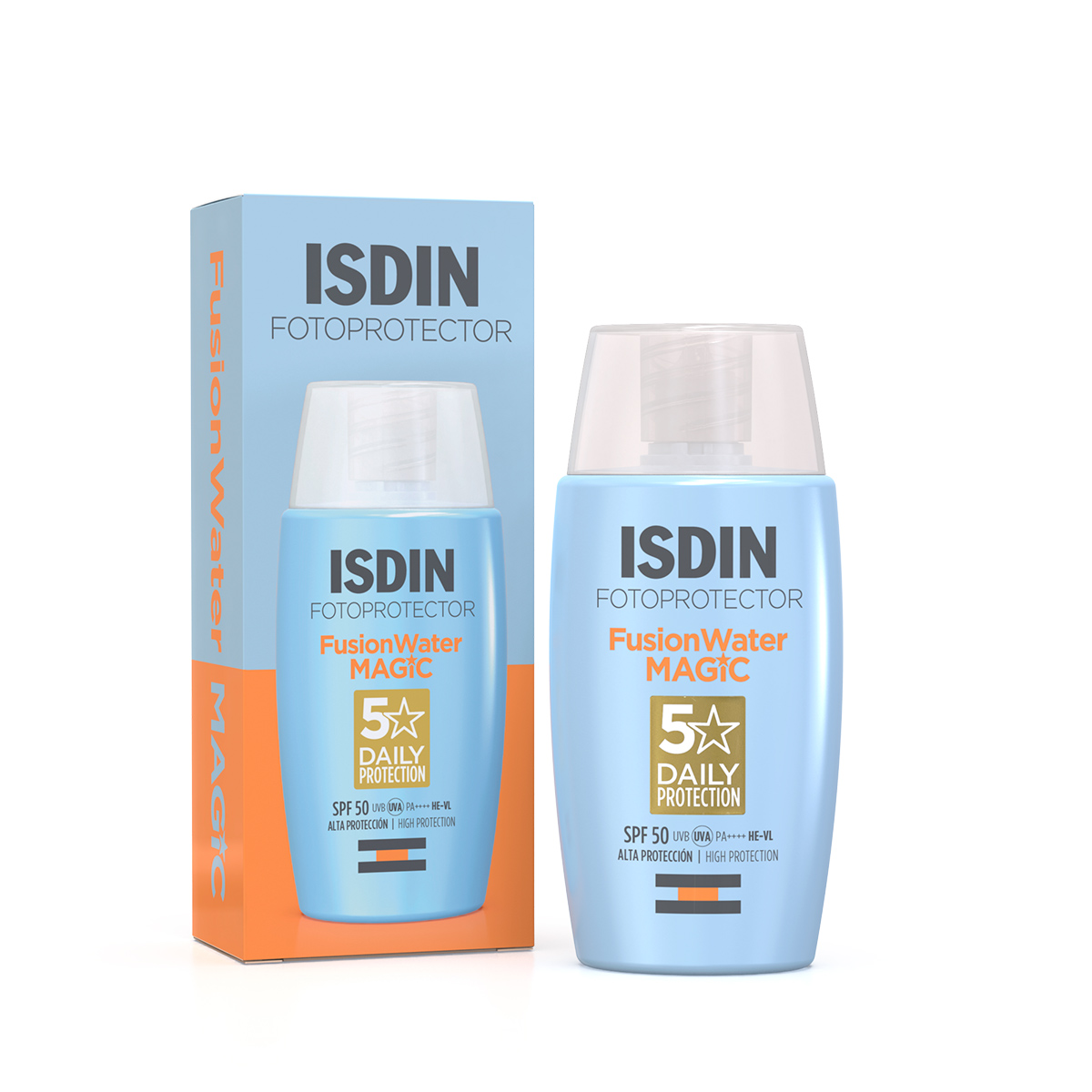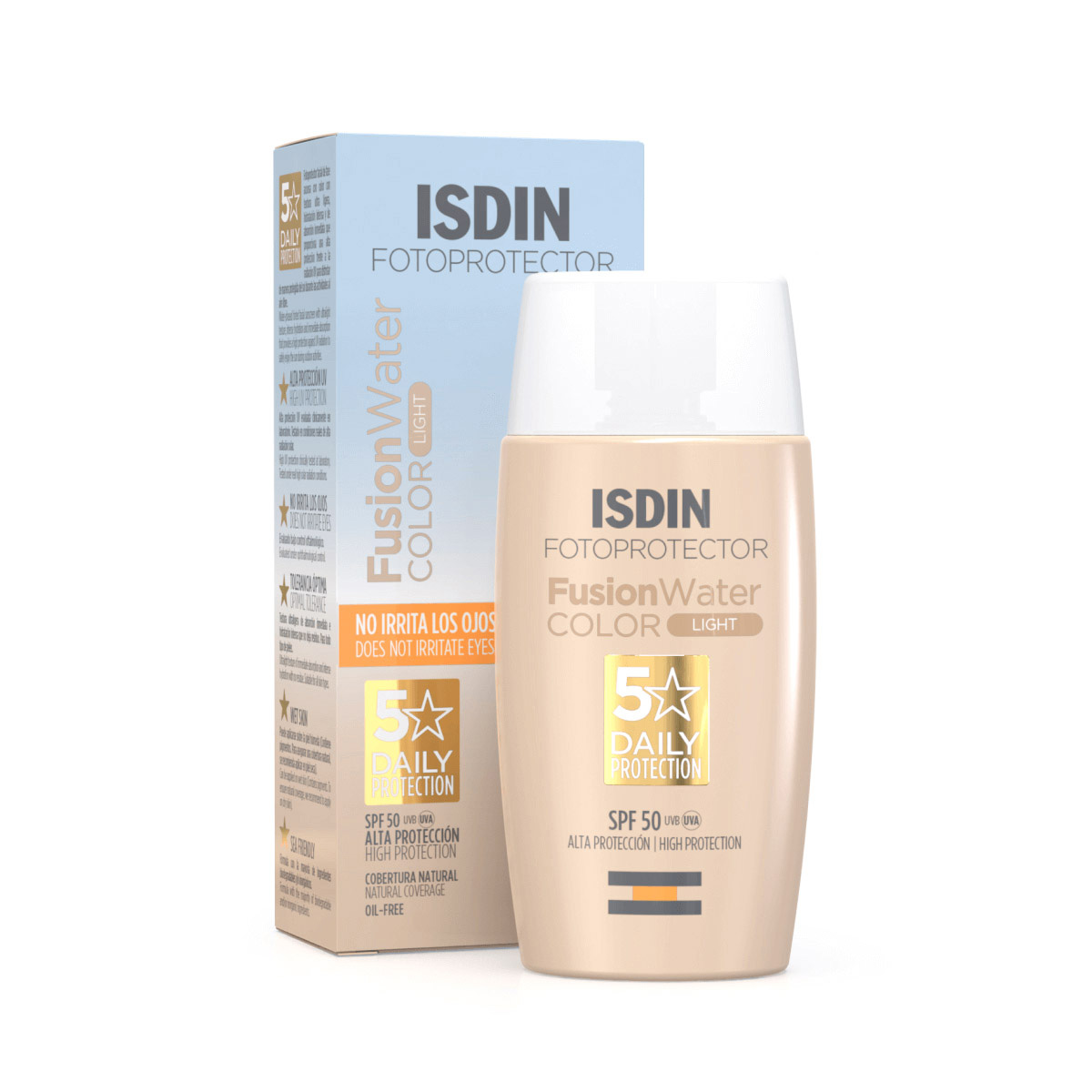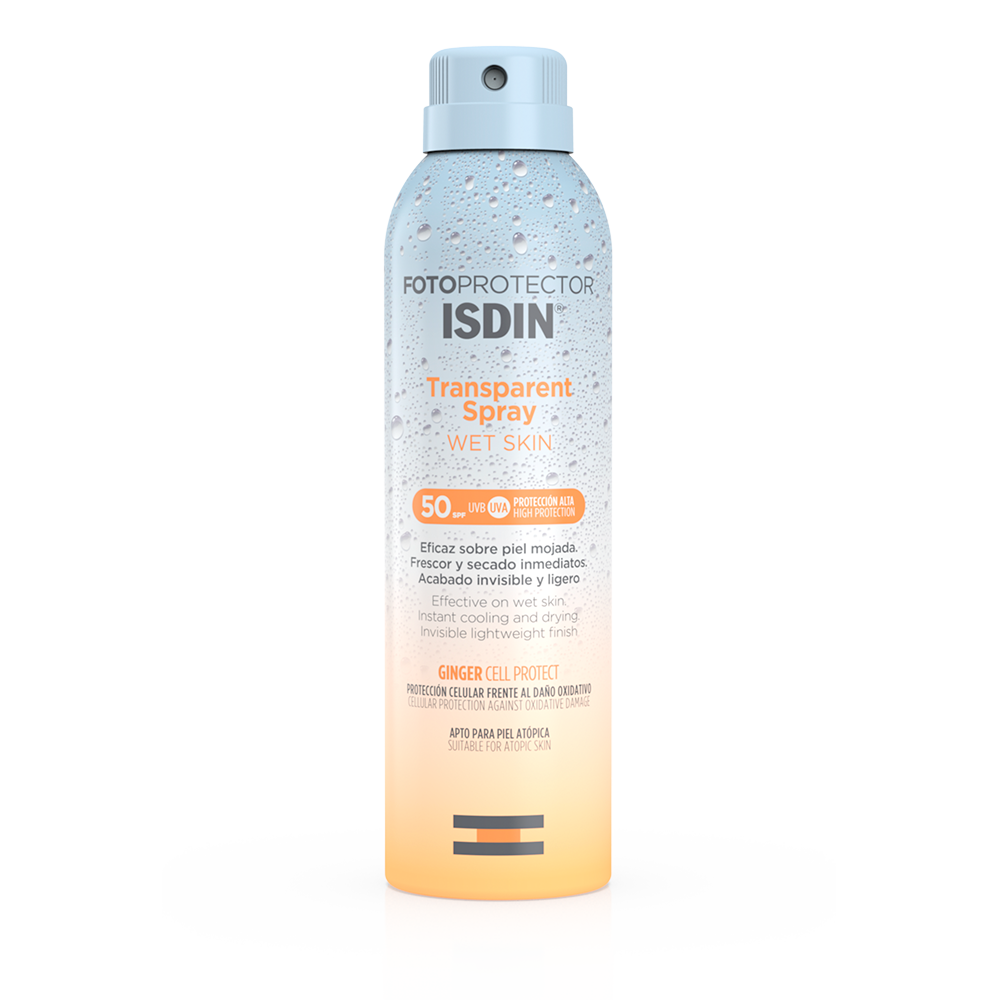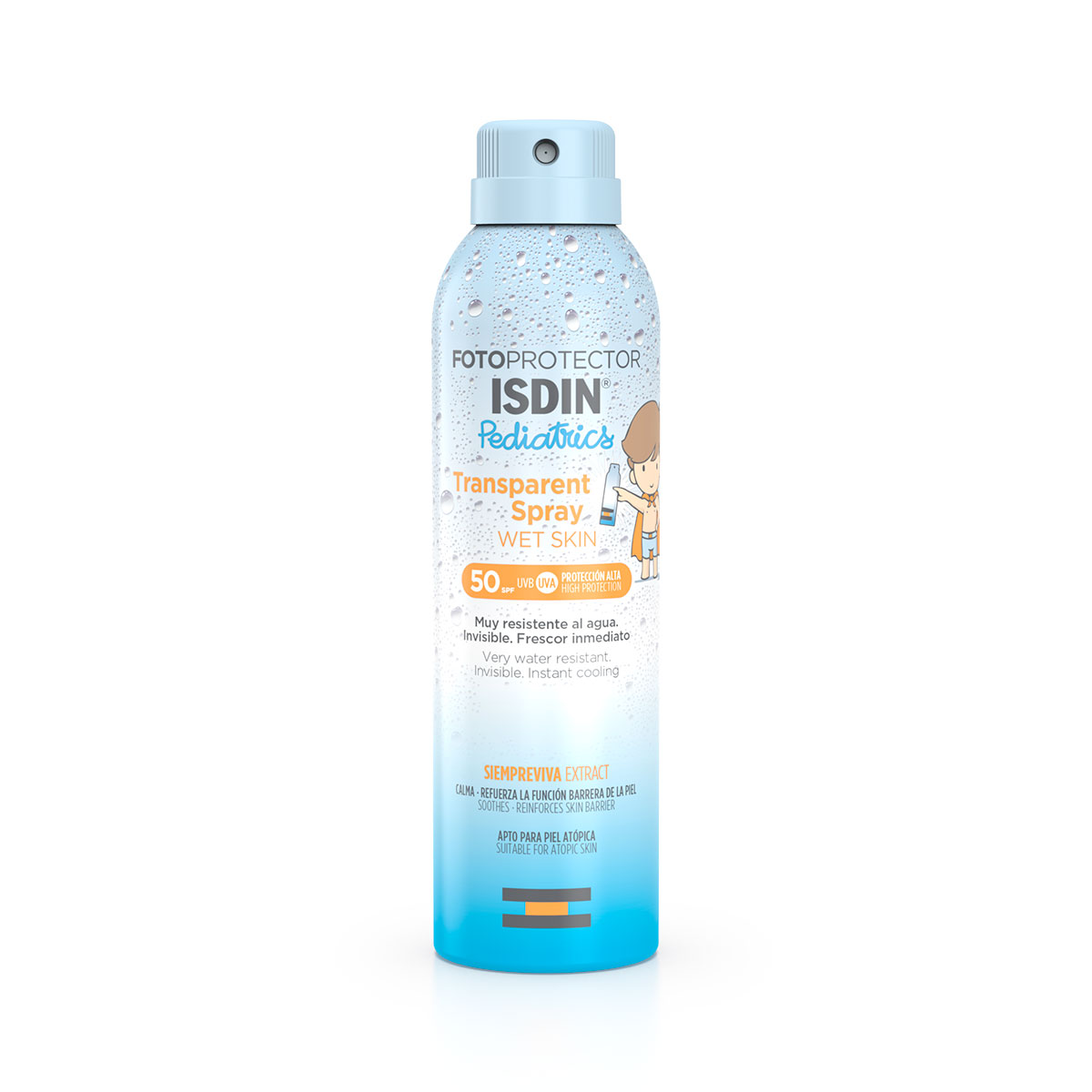Experience your summer exactly how you want to
This summer, enjoy the sun and your holidays worry free.
Spending it in the city? On turquoise-blue beaches? Exploring the mountains?
We’ve got the right sunscreen for you!
ISDIN Sun Protection
INNOVATION IN EVERY TEXTURE, PROTECTION FOR EVERY SKIN TYPE
Here at ISDIN, we are constantly innovating our formulas to fit your needs. In our sunscreens, you’ll always find a balance between efficacy, safety and advanced textures.
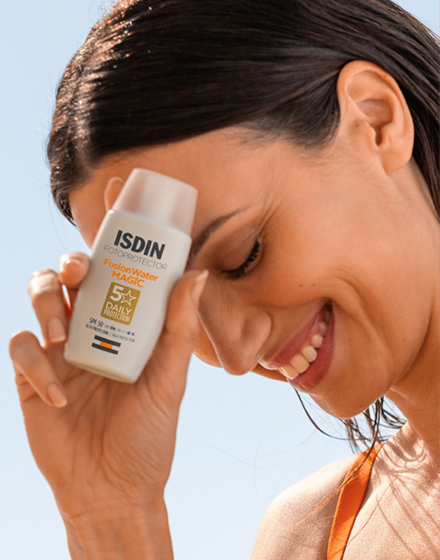
Technology & Innovation
Always protecting your skin
Your skin types, lifestyles and needs may differ but our main objective will always remain the same: to protect your skin daily. Because of this, there’s an ISDIN sunscreen for every moment.
Innovative formulas and textures
In a sunscreen, texture is just as important as protective efficacy. That is why we develop innovative formulas with textures that melt into your skin to optimize protection.
Commitment to the Mediterranean
Through ISDIN’s Fusion Water, we have made a commitment to the Mediterranean Sea: for every unit sold of Fusion Water sunscreen in 2023, the equivalent weight of its packaging will be removed from the sea in plastic.

Specific Sun Protection
Everyone’s skin is different. However, we do all have one thing in common: we need to protect our skin daily. At ISDIN, you’ll find a sunscreen for every skin type and every need. Find yours!
Complement your sunscreen
Sun care is an essential skincare step. Make sure to use a specific sunscreen for each part of your body while also including other important habits into your routine, like restoring hydration and protecting from oxidative stress. At ISDIN, you’ll find exactly what you need to complement your sun care routine.
Bestselling sunscreens
MEET OUR EXTENSIVE SUN CARE RANGE. THERE’S ONE FOR YOU!
